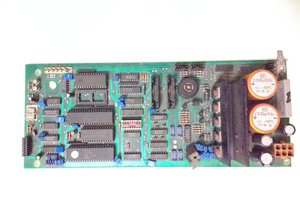I acquired an LSI-11/23 processor board (M8186) from Weird Stuff Warehouse just before they closed up shop. Actually getting this running turns out to be non-trivial. In addition to the processor board, here's what's needed:
- A backplane. The processor and other cards plug into this
- A power supply. Needs to supply +5V and +12V
- Memory
- A serial port
Those are all readily available. But it doesn't quite stop there. There are a couple of signals that need to be present for the thing to operate, so *something* is required to generate these signals. In particular, the signals BDCOK and BPOK, which are generated by the power supply on original DEC machines, need to be present with proper timing:
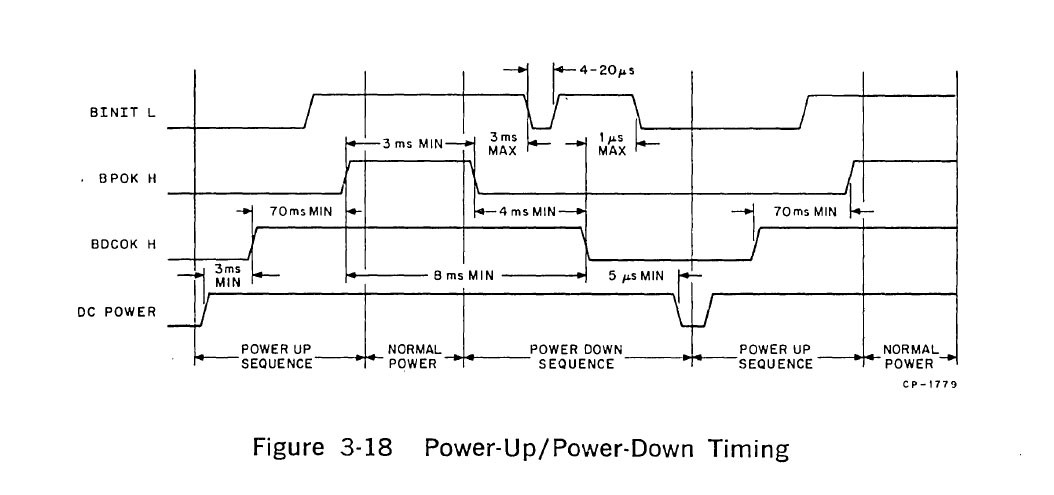
Some folks have implemented these as physical switches, so it's up to the operator to provide the sequencing manually. Others have used a microcontroller to implement it. I chose to implement it with TTL chips, but limiting myself to only those old/spare chips I have on hand.
Backplane Choices
There are a lot of options here. The best for a minimal system would probably be the H9281-AA, but I found an H9278-A cheap, so that's what I'm using though it's overkill for what I need. btw, there is a ton of info about these systems online. One of my favorite sites is this one.
Processor
As noted above, the processor is an M8186, also known as a KDF11-A, and mine is a rev D board which supports 22-bit addressing (which I won't need initially) and it also has the optional Floating Point Processor, which I also won't be needing initially:

w00t!
Multifunction Module
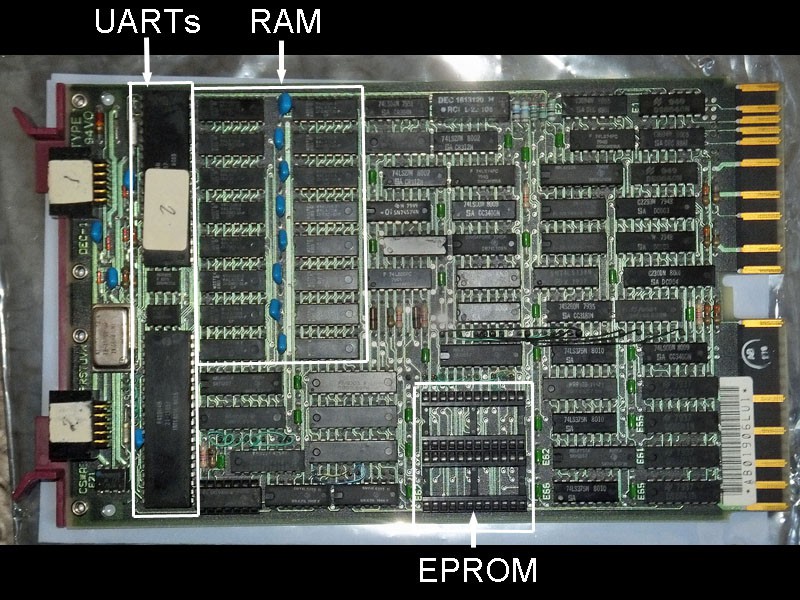
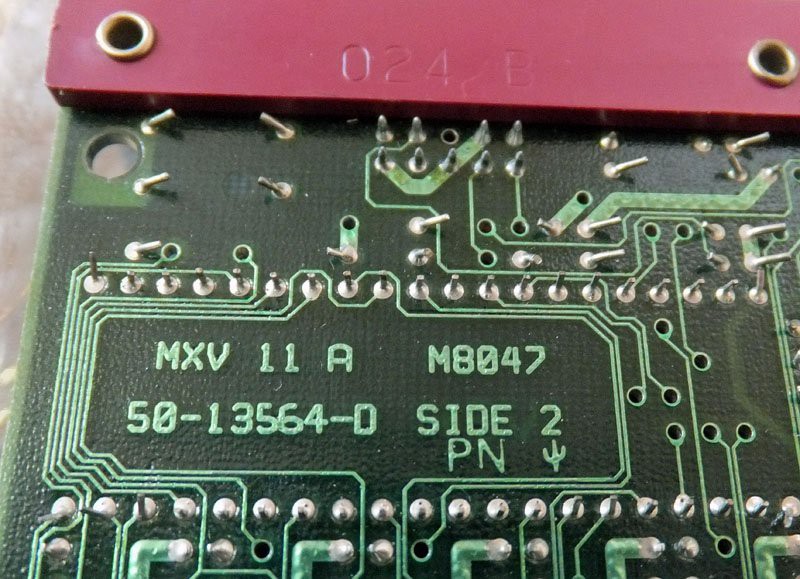
Note the wire wrap pins for configuration. This board only supports 18-bit addressing, so if I ever want to take advantage of the full 22-bit address space that the processor and bus support, I'll have to replace it with one or more other cards.
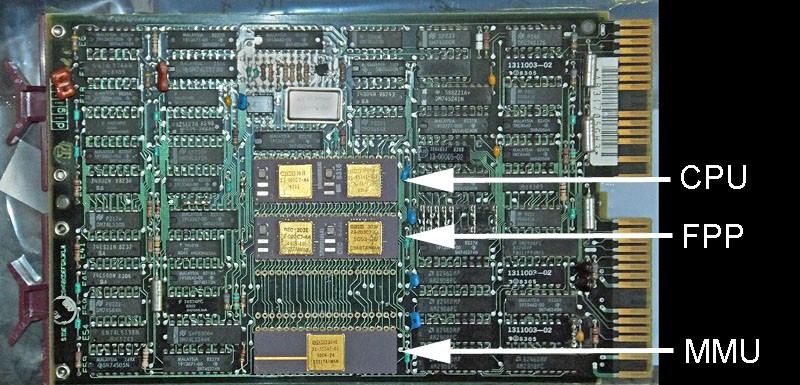
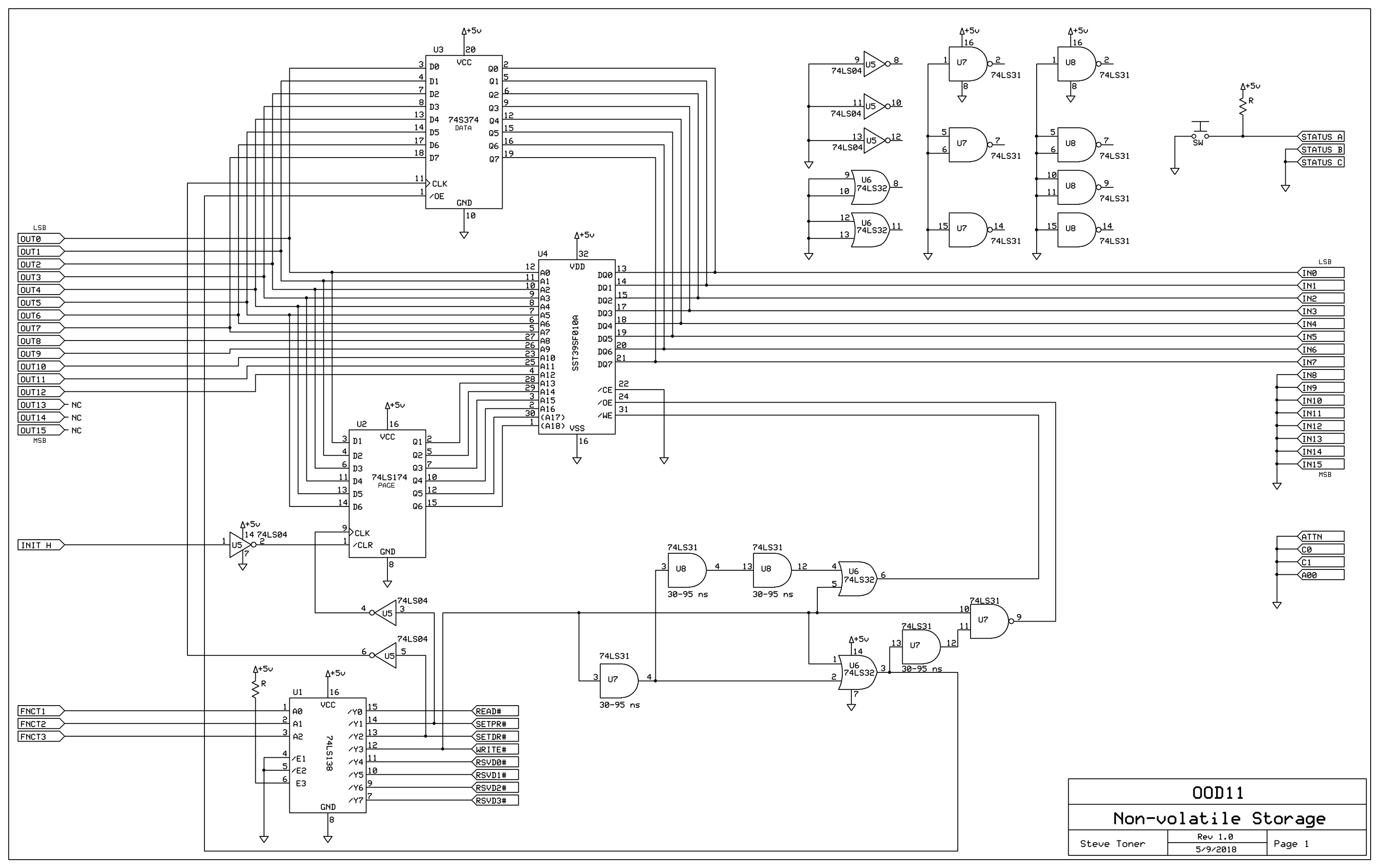 Although the schematic shows most parts as 74LS devices, I used what I had (except for the 74LS31s, which I had to order), so U1, U3, U5 & U6 are 74S parts while U2 is a 74F...
Although the schematic shows most parts as 74LS devices, I used what I had (except for the 74LS31s, which I had to order), so U1, U3, U5 & U6 are 74S parts while U2 is a 74F...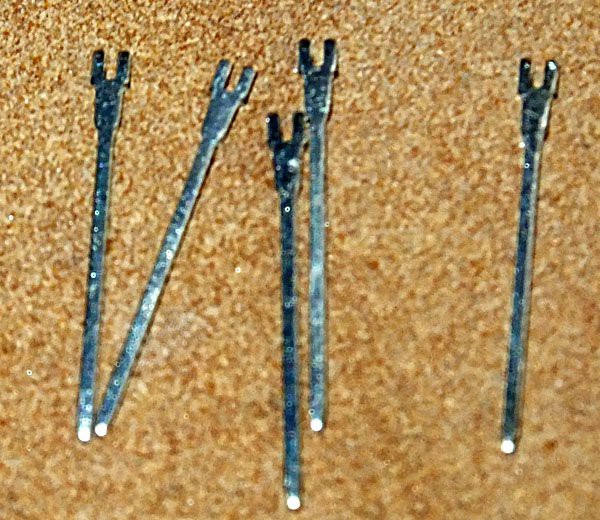
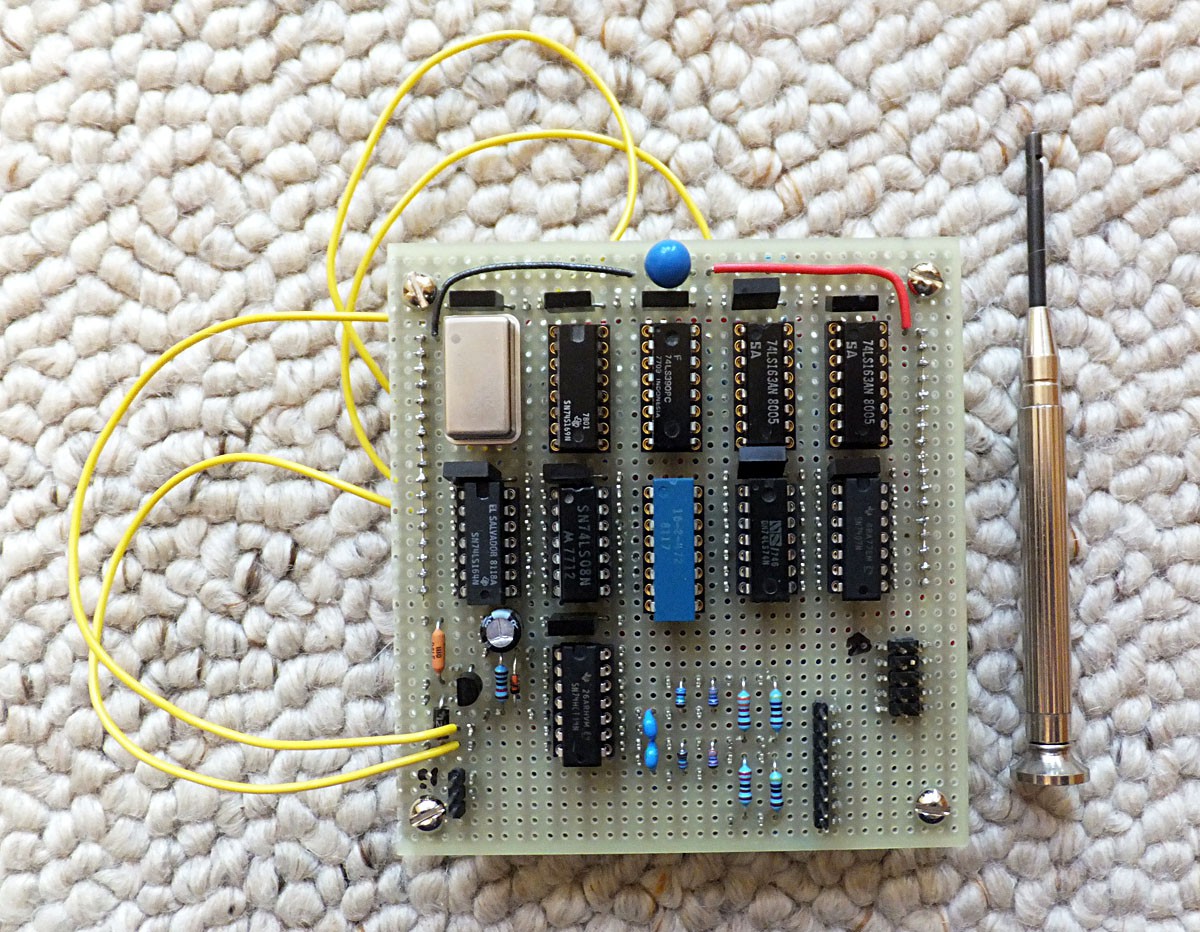
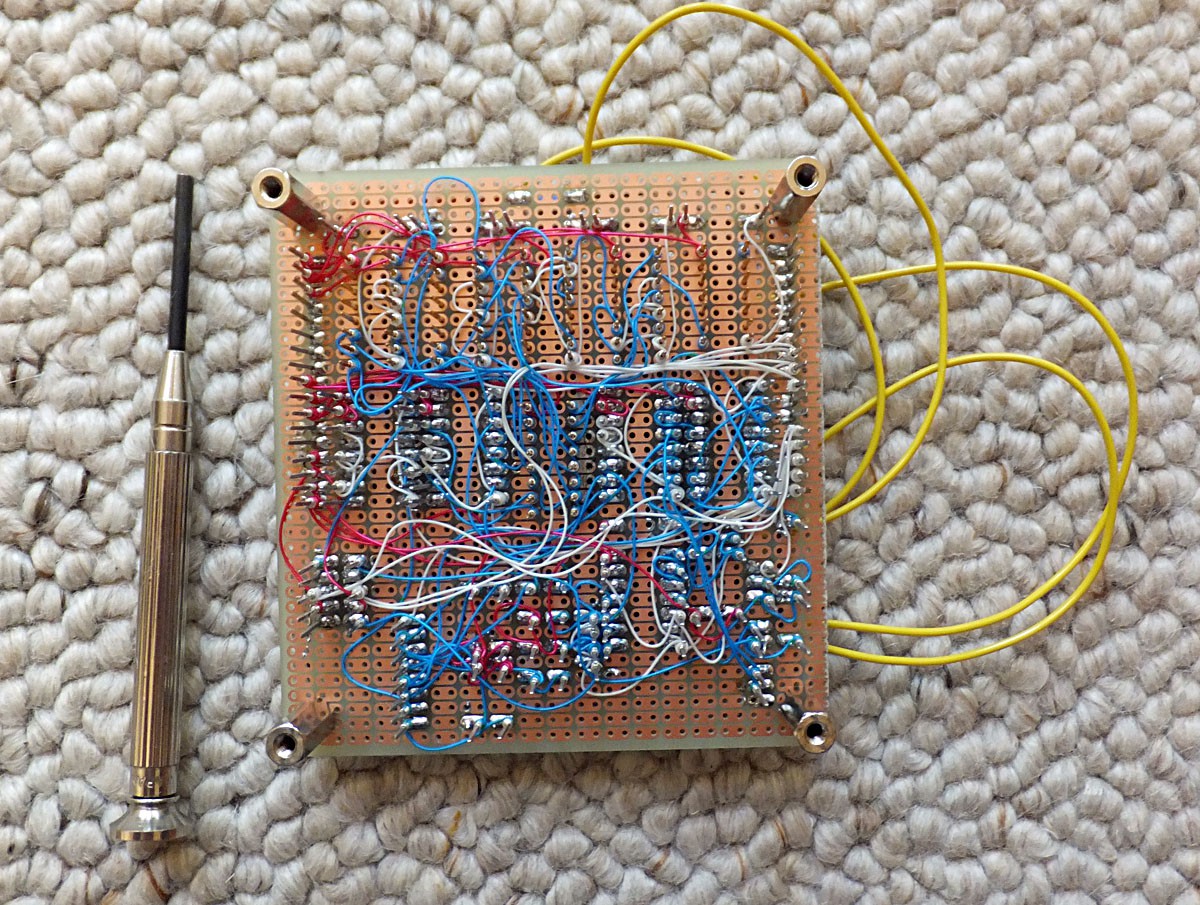

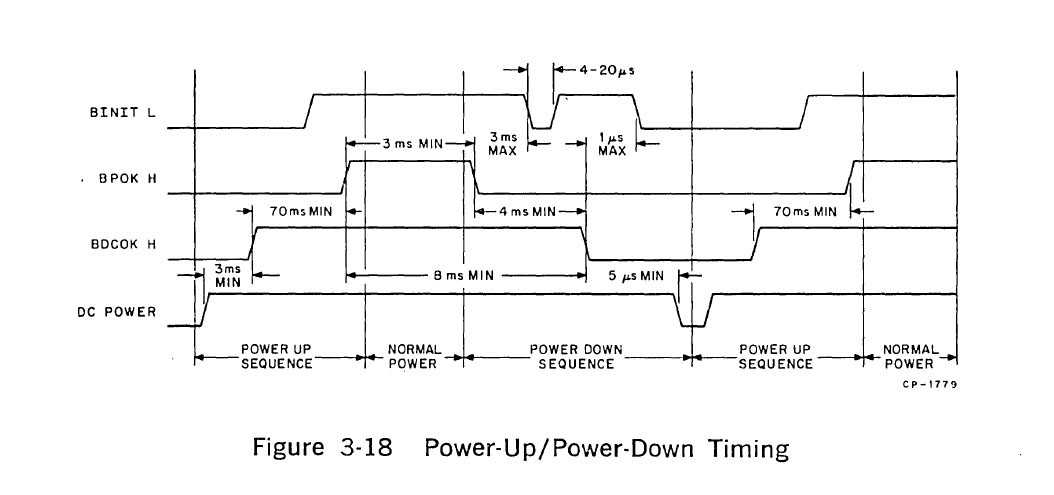
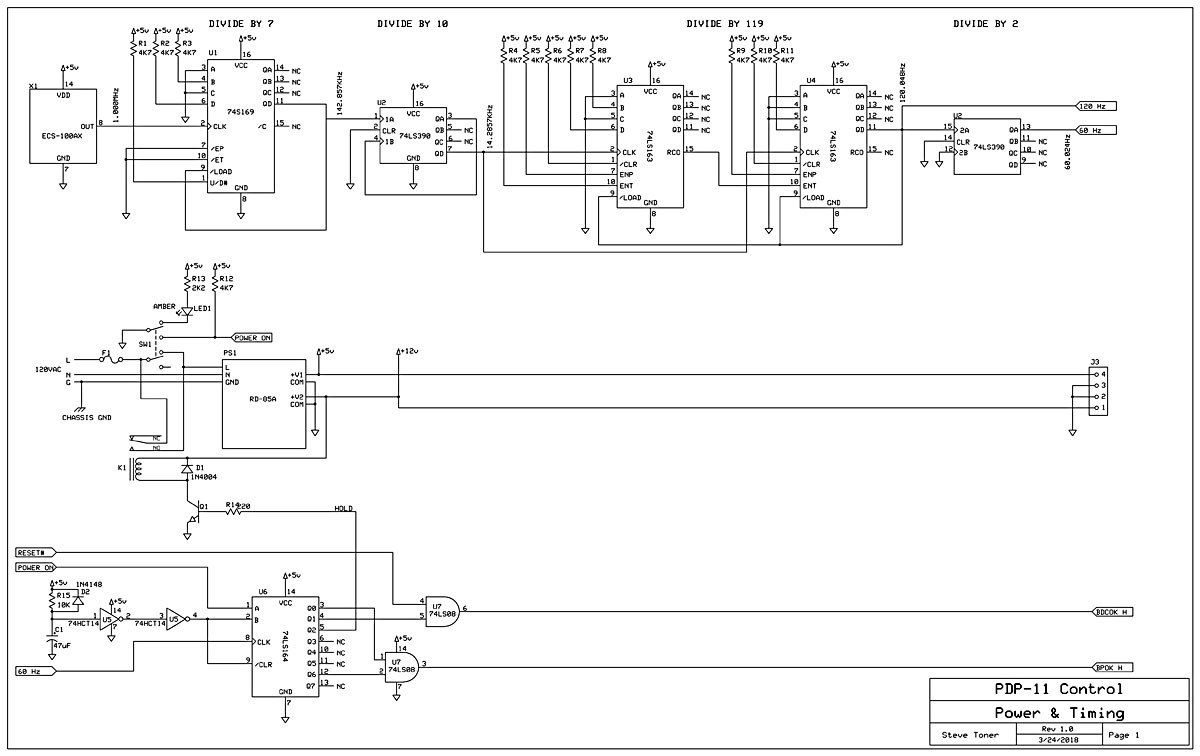
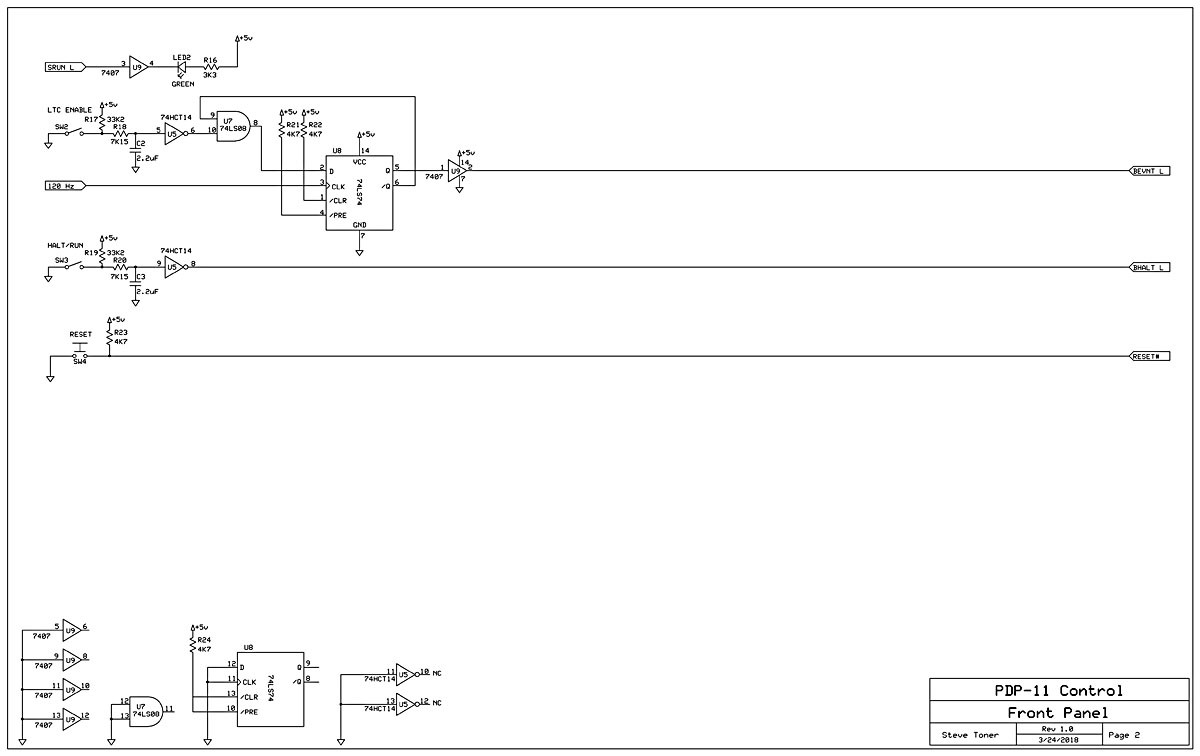
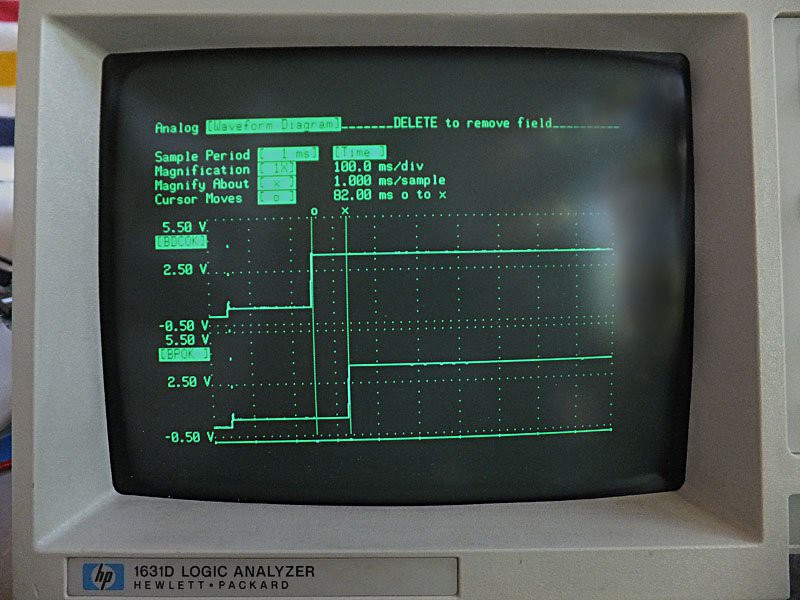
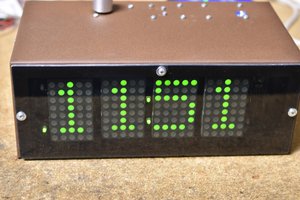
 Bharbour
Bharbour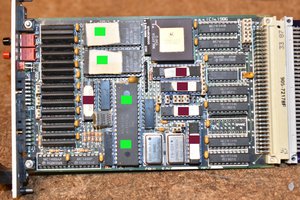
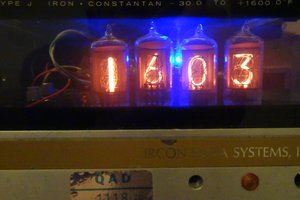
 Ken Yap
Ken Yap